For most real estate photographers, there are a lot of variables that need to be controlled. Lights can be adjusted, rooms can be staged. However, there is one major factor that impacts all real estate photos, and it is completely out of our control. The sun. Luckily, we know where the sun will be throughout the day, and can predict what effect it is likely to have on our photos. This article is a guide on the best way to use the sun to positively impact your real estate photos.
Before deciding how to use natural light to enhance your real estate photos, it is a good idea to consider your equipment, and to make sure it is not going to negatively impact your ability to take professional photos, especially in golden hour, sunset or twilight conditions.
First, be sure you have a strong and stable tripod. Since some exposures may have a shutter speed that’s multiple seconds long, your camera must remain completely still for a sharp image. Next, be sure that your camera lens is completely clean. Invest in a large box of glass-cleaning wipes. Especially if you plan on shooting into direct sunlight. Shooting into the sun can highlight even the smallest bit of dust on your lens. Finally, consider shooting with a lens hood. This is a great way to eliminate lens flare, especially if you are shooting into low sun, or if the sun is shining across your lens.
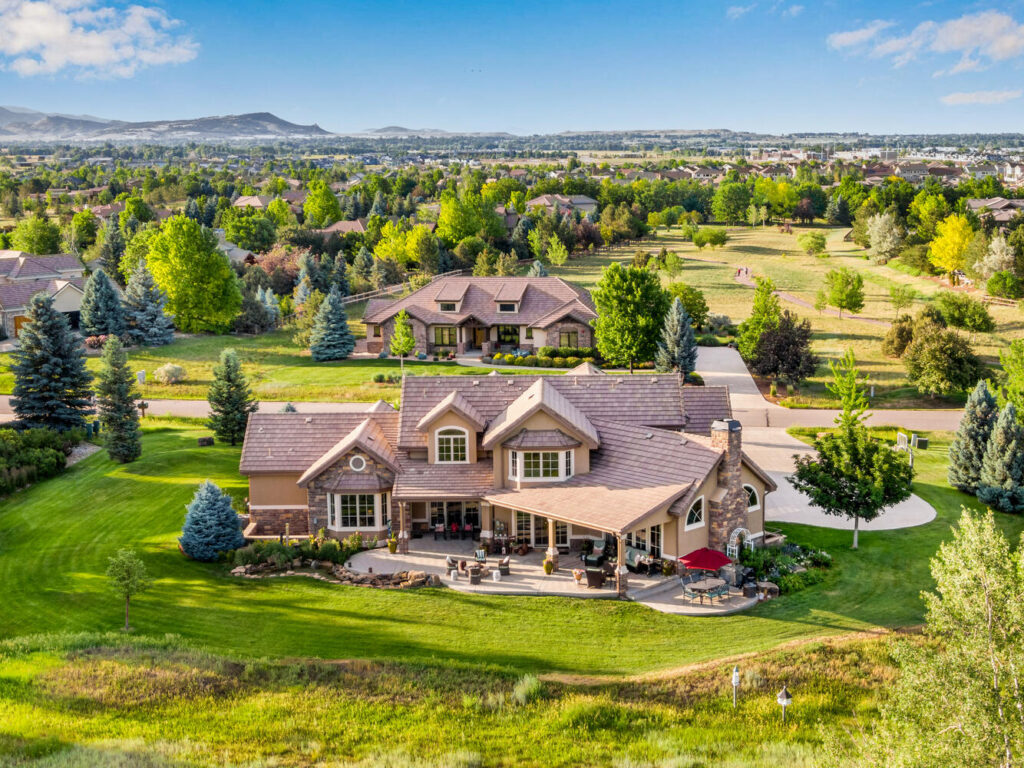
Always think about your subject when deciding what time of day is the ideal time to photograph it. Consider the type of lighting that already exists. Is there a lot of artificial lighting, or is the home full of dark shadows? If the home features beautiful water or mountain views, definitely consider shooting the home during daylight. If the exterior of the home is particularly attractive, golden hour lighting might be a good time to showcase this. If the home features dramatic or impressive exterior or landscape lighting, shooting at twilight might be the right time (More on that later).
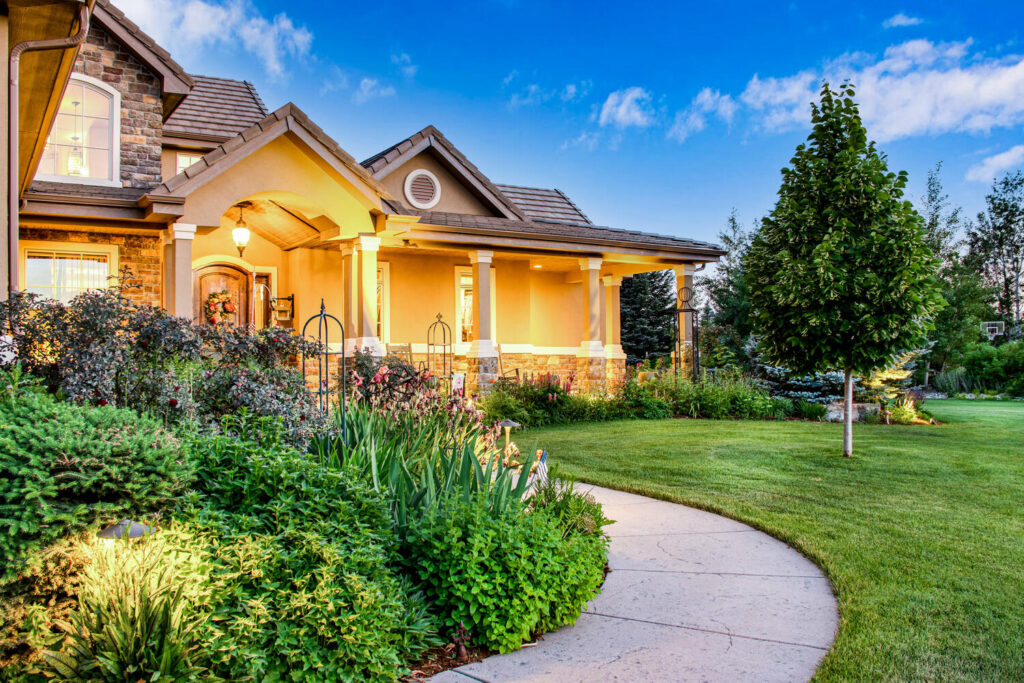
As I mentioned, if your goal is to feature the views, land, or surrounding environment as a selling point, daylight is a great time to shoot. But what is the best time of the day? Generally speaking, you want your subject to be directly lit by the sun. If the front of your home faces to the east, early morning or mid morning are good choices. If the front of your homes faces west, late afternoon or sunset are an excellent time. If the front of your home faces south, mid morning or mid afternoon will provide the best light. Just try to avoid the harsh midday sun. Unlike portrait or typical golden hour photography, you may want to wait a few minutes after the sun rises or finish a few minutes before sunset, to avoid long or harsh shadows. Depending on the time of year, specifically in the summer months, the sun will actually rise to the northeast, swing around to the south at midday, and set in the northwest. So for those of you with north facing homes, early morning and late afternoon may provide great light. An important note! This article is written by an American photographer. For our friends reading this from the Southern Hemisphere, any north/south references will be reversed. I’ll also mention how jealous I am that you get to celebrate New Years Eve on a warm summer night!
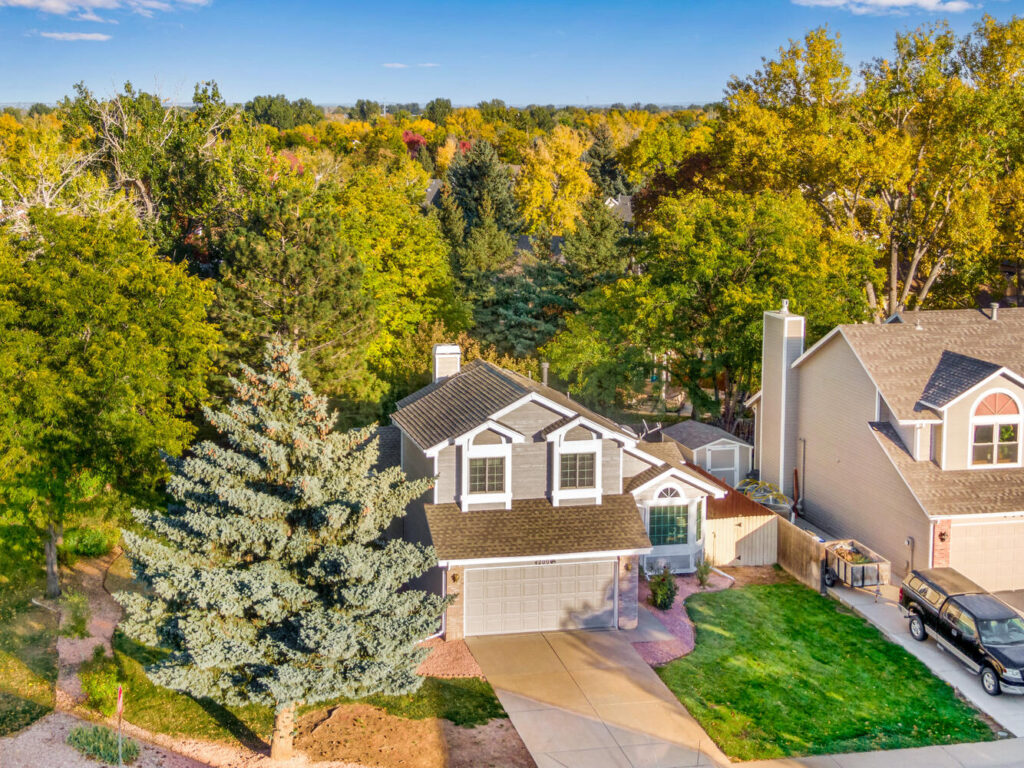
A few more notes on golden hour. While golden light has been celebrated by portrait photographers as the only truly great lighting conditions, this is not always the case in real estate photography. The last 1-2 hours of the day provide beautiful warm light for outdoor photos. For window views from the interior of a home, this timing will also produce clear, colorful views without fighting the harsh light of the middle of the day. Remember, just like exterior photos, shoot with the sun behind your back. If the mountain view outside the window is to the west, take photos when the sun is to the east (morning), so it can shine on your subject and brighten it. Shooting into the sun can create a warm glow and some neat looking effects at times, but your most clear views will be when the sun is shining from the opposite direction. Generally speaking, shooting in daylight works well, in clear skies or on partly overcast days when you can take advantage of the softer light. If it is extremely cloudy or stormy and appears dark or gray outside, consider waiting for better weather conditions.
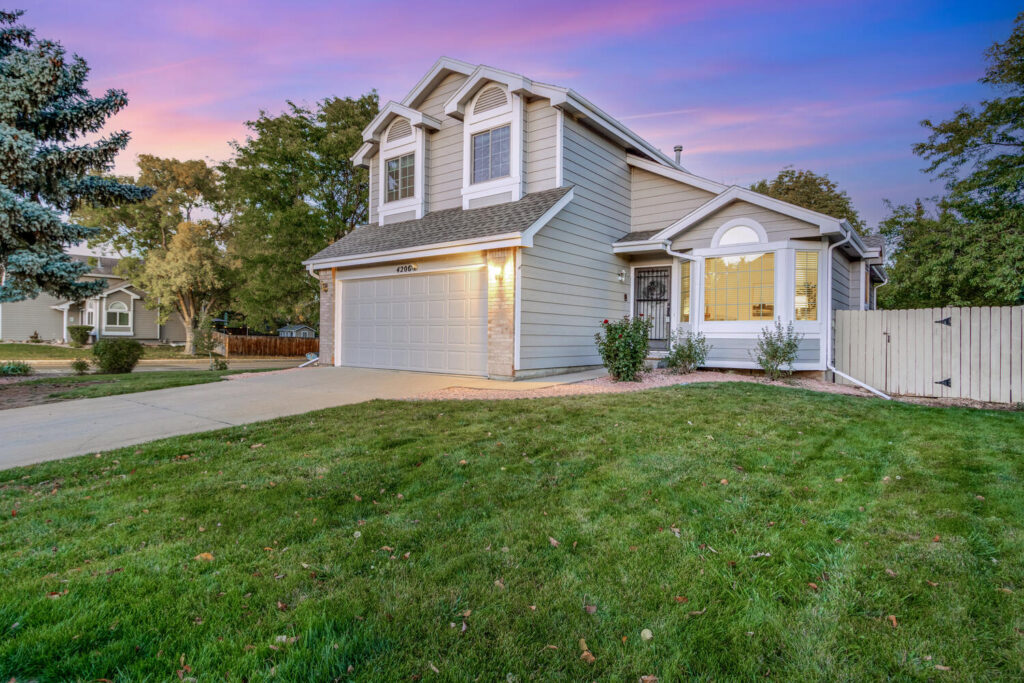
Twilight hour (or blue hour photography) is the best time to shoot many high-end homes, or any property where you’d like to enhance the dramatic, luxurious feel of the property. Starting about 10-15 minutes after official sunset (This can vary based on the cloud conditions), the twilight hour actually only last about 30-45 minutes before it gets too dark. As long as the photos are timed correctly, no fancy lighting equipment is needed. There is still enough ambient light available. Some long exposures may be needed…that is why we mentioned the importance of the tripod. Even though it may begin to look dark outside, the best white balance settings will be similar to what they might be during daylight. This will change slightly, as the sky begins to darken. For all you white balance aficionados out there, I typically start a twilight shoot with a white balance around 4800 Kelvin, and might finish at around 3600, depending on how long the shoot takes.
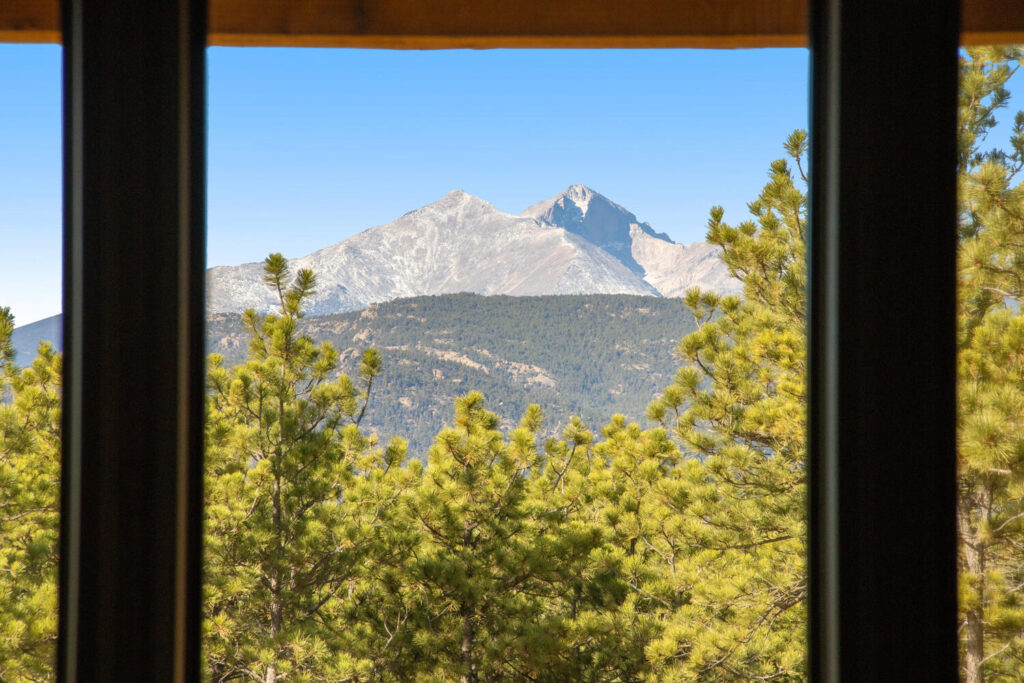
One last consideration when it comes to using natural light for your real estate photos. Anytime you are shooting into the sun, and anytime you are shooting toward the windows in an interior space, using an HDR (High Dynamic Range) method will be one of the most helpful and efficient ways to improve these images. Other than working with multiple lighting components, HDR photography is the best way to quickly and effectively brighten the darkest shadows in your composition, without over brightening the sunny or well lit areas. We’ll talk much more about HDR photography in our blog, so please check back soon. Click HERE to visit our About Us page and learn about our photo team, and click HERE to see some of our other articles.
Have fun out there!
-Mike
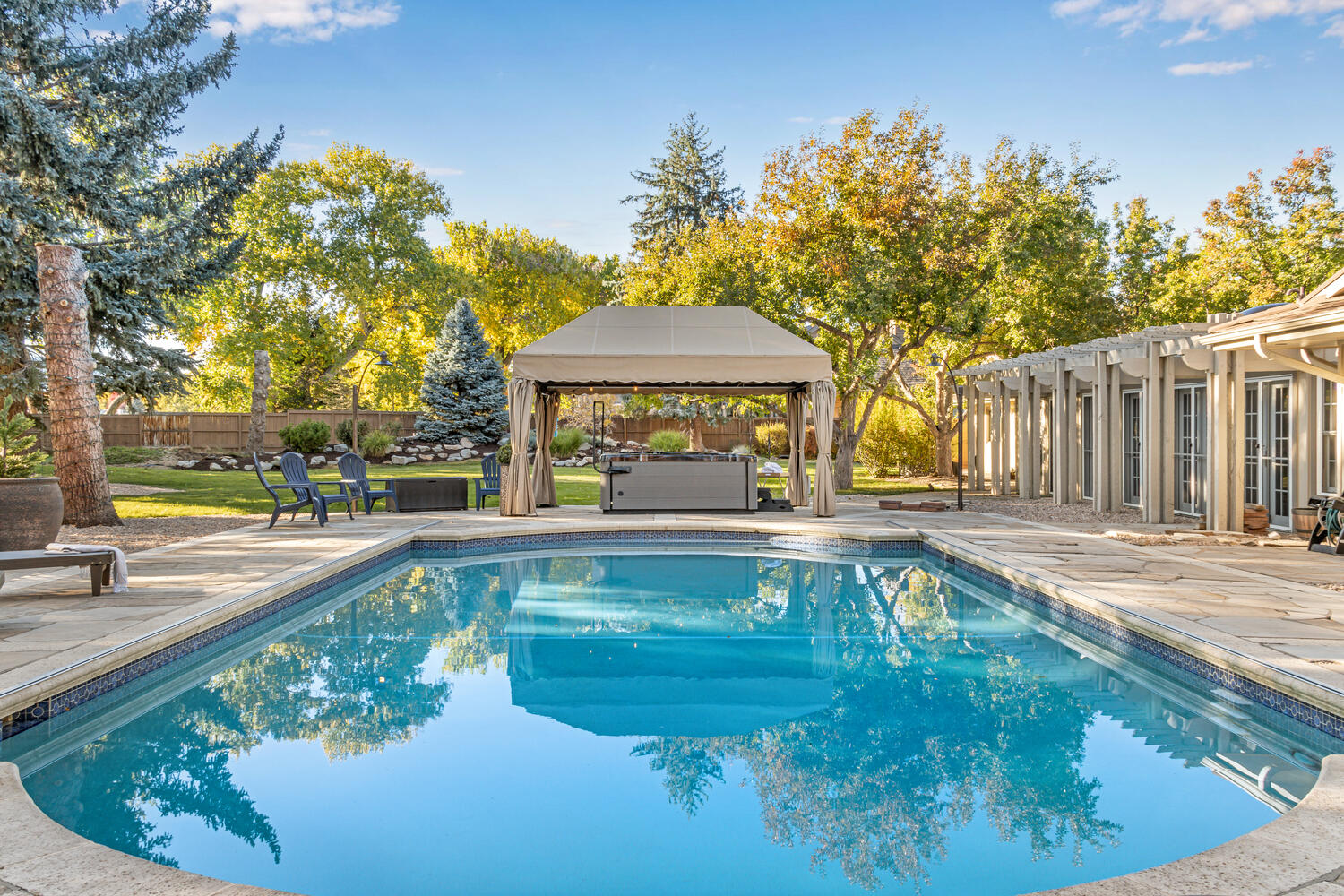
View comments
+ Leave a comment